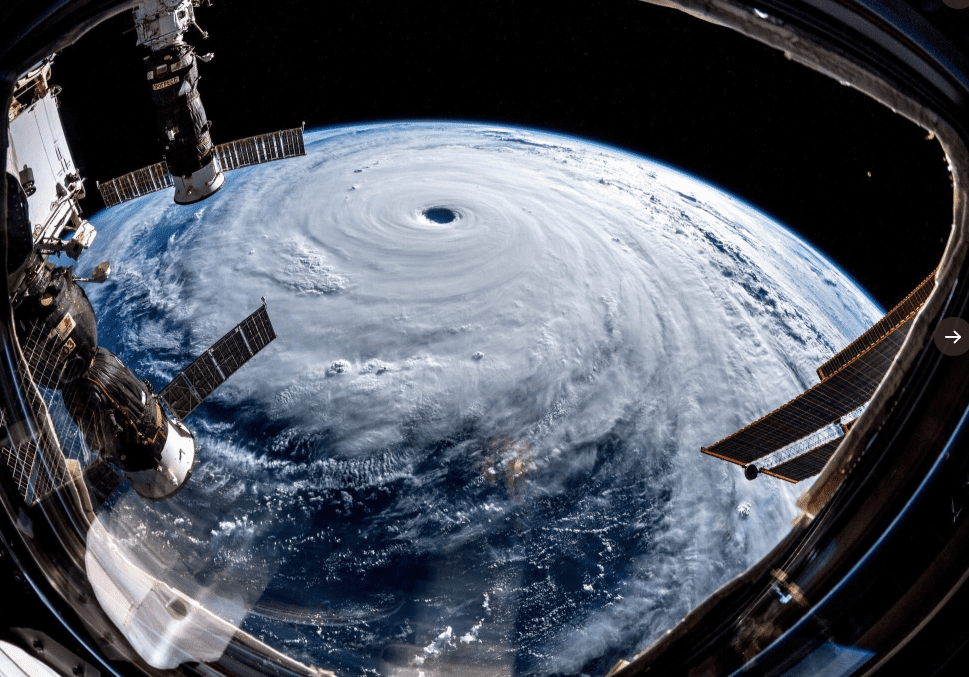Torrential rain and tornado-like winds are lashing out at mainland Japan. It’s probably the strongest storm to hit Japan in 60 years.
Typhoon Hagibis is currently the strongest storm on Earth, and will quite possibly be the strongest of the year. It made landfall on Saturday on Japan’s East coast, striking with consistent winds at about 100 miles (160 km) per hour and gusts of up to 135 mph (217 km/h).
Authorities have urged more than 7 million people in Japan to leave their homes as Hagibis nears Tokyo. Almost 1 million have received direct evacuation orders — a sign that authorities have learned from previous events and are taking the storm very seriously. However, only 50,000 people took the official advice to evacuate to shelters, according to the AFP news agency.
Hagibis has already caused power outages. Train services have been halted and over 1,000 flights have been stopped. At least two people have been killed by the storm, due to the high winds — but this figure will almost certainly increase as the storm continues to unfold. An additional 60 people have been reported injured, many of them children, but this number is also expected to grow.
Hagibis also poses great flooding and landslide risks. Over 100 rivers at risk of overflowing as massive rains hit areas including Tokyo, Saitama, and Chiba. Japan’s Meteorological Agency (JMA) has warned half a metre of rain could fall on Tokyo in 24 hours.
“Unprecedented heavy rain has been seen in cities, towns and villages for which the emergency warning was issued,” JMA forecaster Yasushi Kajiwara told a press briefing.
“The possibility is extremely high that disasters such as landslides and floods have already occurred. It is important to take action that can help save your lives.”
Residents who fled their homes have gathered in evacuation centers to escape the scourge of the storm. Others have stockpiled food, leaving supermarkets with empty shelves (most supermarkets are currently closed). However, in many areas, the storm is already ripping the roofs of houses.
This could very well be the strongest storm the country has faced since the infamous Kanogawa Typhoon in 1958, which left more than 1,200 people dead or missing.
Hagibis Typhoon is the equivalent of a level 5 hurricane. The difference between ‘typhoon’ and ‘hurricane’ is just geographical — they pretty much mean the same thing. Hurricanes are tropical storms that form in the North Atlantic, northeastern Pacific, the Caribbean Sea and the Gulf of Mexico, while typhoons are storms that develop in the northwestern Pacific Ocean. Hurricanes are generally categorized from 1 to 5 based on their wind speed, whereas typhoons are classified as “typhoon,” “very strong typhoon” or “violent typhoon” by the Japan Meteorological Agency.




